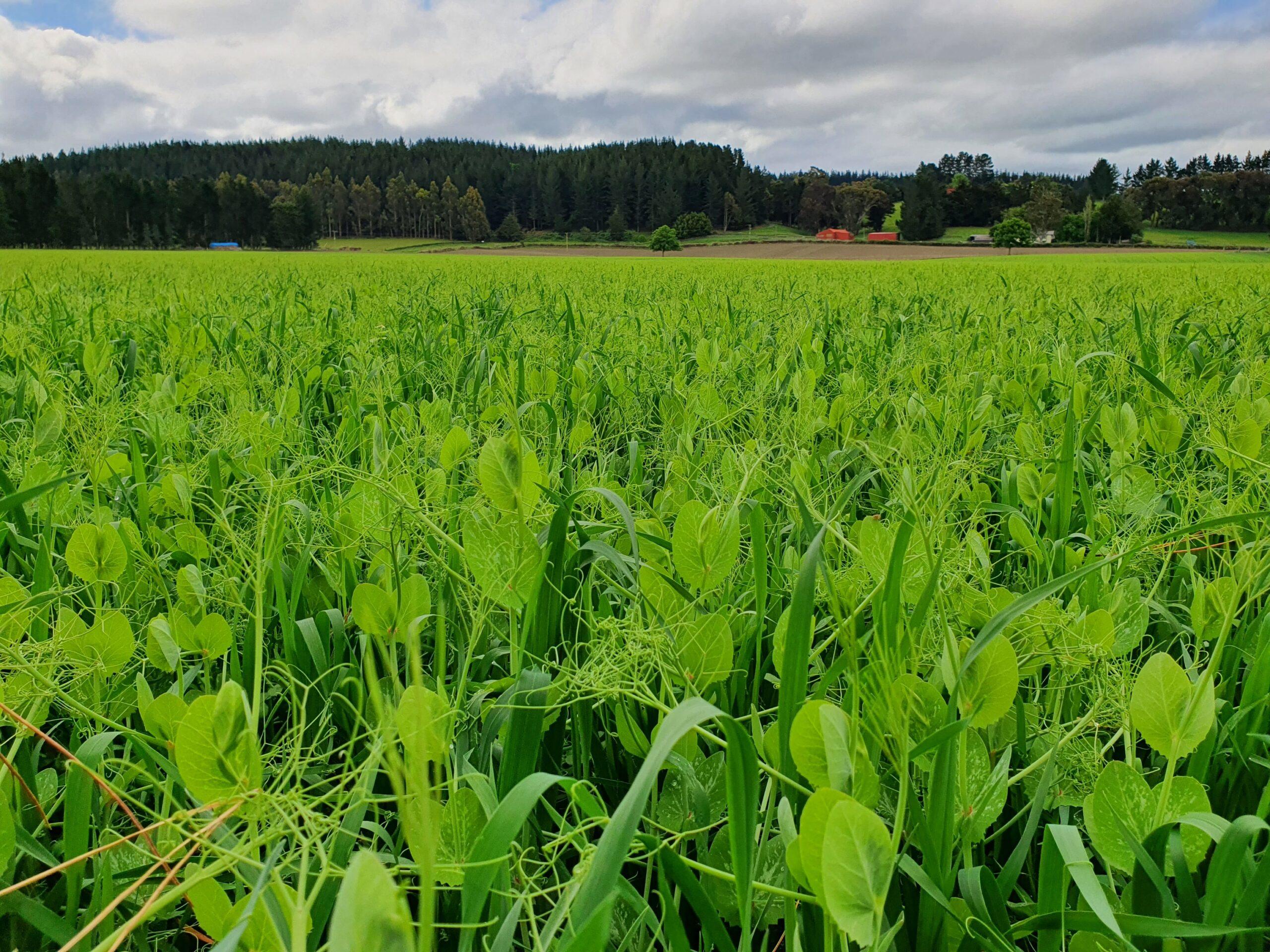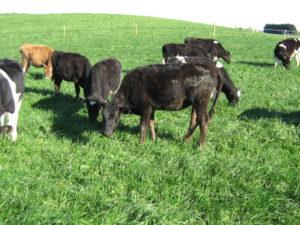Knowledge Hub
Fodder Beet is Back!
Yes, it is that time of the year again! Fodder beet is currently leading the way in the farming industry. It is now being grown in all major dairying regions, as well as being used widely across all classes of livestock, especially in Canterbury and Southland Farms where it is common for cows to have a diet of fodder beet for up to six months. With a long shelf life in the ground or harvested, fodder beet is an adaptable crop with lots of positive features. However, increasing the use of fodder beet can create some risks if extra care is not taken on the following points:
Transitioning your livestock onto Fodder Beet:
An ideal transition to get good results is to ensure all cows or whatever livestock you have fed on fodder beet, get equal access to the crop. Whether you are using a silage wagon to spread this or grazing, you need at least 1m of face width on the crop. If the allocation is lower than this then it will affect the younger, shyer animals as they can be bullied off the crop. Also, separately grazing animals from those that have previously eaten fodder beet is a good idea as it will allow better observation of the inexperienced animals and their reactions to the fodder beet, and naïve animals also take time to familiarise themselves with the crop.
Paddock Prep for Fodder Beet:
With great paddock preparation, planting, weed, and pest control, you can see great yields for fodder beet crops of around 25 tonnes in May-June in areas not limited by dry conditions. Fodder beet requires high fertility, a pH of around 6.0-6.3 as it is very sensitive to low pH levels in soil, and this nutrient correction should be made prior to sowing. A glyphosate and contact insecticide is also recommended before working. When choosing the paddock, make sure that there has been no past usage of chemicals as fodder beet is exceedingly sensitive to certain chemicals. Preferably, soils should be free-draining and free of weeds, and worked into a fine tilth before sowing to allow for an even sowing depth.
Recent articles
Why you should be planting Peas & Oats this year

The Benefits of Chicory and Liquid N

Wesco Grass Seed & Dynastrike Treatment Results
